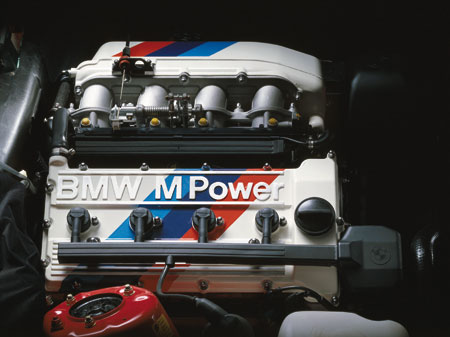darth sidious
New Member
j_radcliffe said:A 67 would have HD8 carbs. You can identify the carbs as HD 8s by the number on the tag, on the float chamber. The number will be AUD92. I do not think that any of the HD8's had crank case gas recirculation. What you need is a breather tube, which then attaches to a 10 inch pipe that vents the gases over board.
I have found a photo off the internet, my car is in winter storage right now, so I cannot take a photo. The photo is of one of the experimental Rover 5 cylinder motors. It shows the vent pipe for the gases to go overboard. The crankcase breather pipe.
http://www.google.com/imgres?imgurl=htt ... 80&bih=636
James.
I know this is the 4-pot section, but seeing the 5-pot was (5/4)ths the 4-pot...
Does anybody know how the crank journals (I think that's the right term for where the piston connects to the crank!) are positioned with respect to each other on a 5-pot car? On a 4-pot, 1 and 4 (the outers) are 'level' to each other, 2 and 3 (the inners) also 'level' to each other, but 180 deg opposite to 1 and 4 (i.e. At TDC, 1 and 4 are 'up', 2 and 3 are both 'down')
Nobody I have asked before seems to know for certain!


